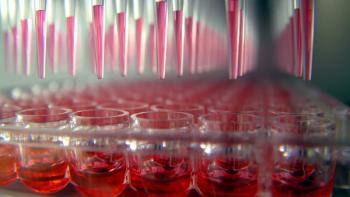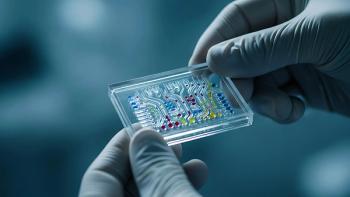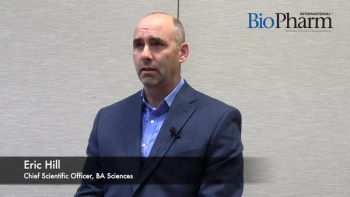
- BioPharm International-04-01-2014
- Volume 27
- Issue 4
UPLC Separation Intergrates into Mass Spectrometers
UPLC Separation Intergrates into Mass Spectrometers
The new ionKey/MS System from Waters provides sensitivity, robustness, and ease-of-use out of mass spectrometry for applications ranging from bioanalyses to pharmacokinetic studies. Intended for use with Waters ACQUITY UPLC M-Class System and Xevo TQ-S Mass Spectrometer, the Waters ionKey/MS System integrates a UPLC separation into the mass spectrometer allowing scientists to achieve enhanced separation and detection of compounds, the company reports.
The ionKey/MS System’s iKey Microfluidic Separation Device contains fluidic connections, electronics, ESI interface, column heater, eCord Intelligent Chip Technology, and 1.7-micron UPLC grade particles inside a 150-micron I.D. channel to perform numerous UPLC separations without a degradation in performance. This plug-and-play design eliminates user-made connections, increasing data quality for scientists.
According to the company, ionKey/MS significantly reduces the amount of solvent consumed compared to 2.1-mm I.D. scale analyses, which results in lower solvent costs, reduced storage and disposal costs, and a more sustainable workflow for the environment.
Articles in this issue
almost 12 years ago
Line of Environmental Measurement Productsalmost 12 years ago
FDA and Manufacturers Seek a More Secure Drug Supply Chainalmost 12 years ago
High-Performance Separation-Electrospray Ionization Systemalmost 12 years ago
Biotech IPOs on a Hot Streakalmost 12 years ago
Global Instability Affects the Pharma Market in Brazilalmost 12 years ago
Raw Material Variabilityalmost 12 years ago
Monoclonal Antibodies Key to Unlocking the Biosimilars Marketalmost 12 years ago
Publishing Beyond the Printed Pagealmost 12 years ago
Biopharma Outsourcing Activities UpdateNewsletter
Stay at the forefront of biopharmaceutical innovation—subscribe to BioPharm International for expert insights on drug development, manufacturing, compliance, and more.




